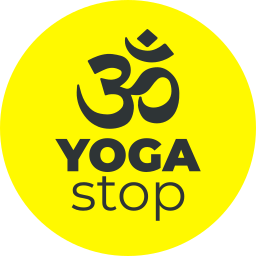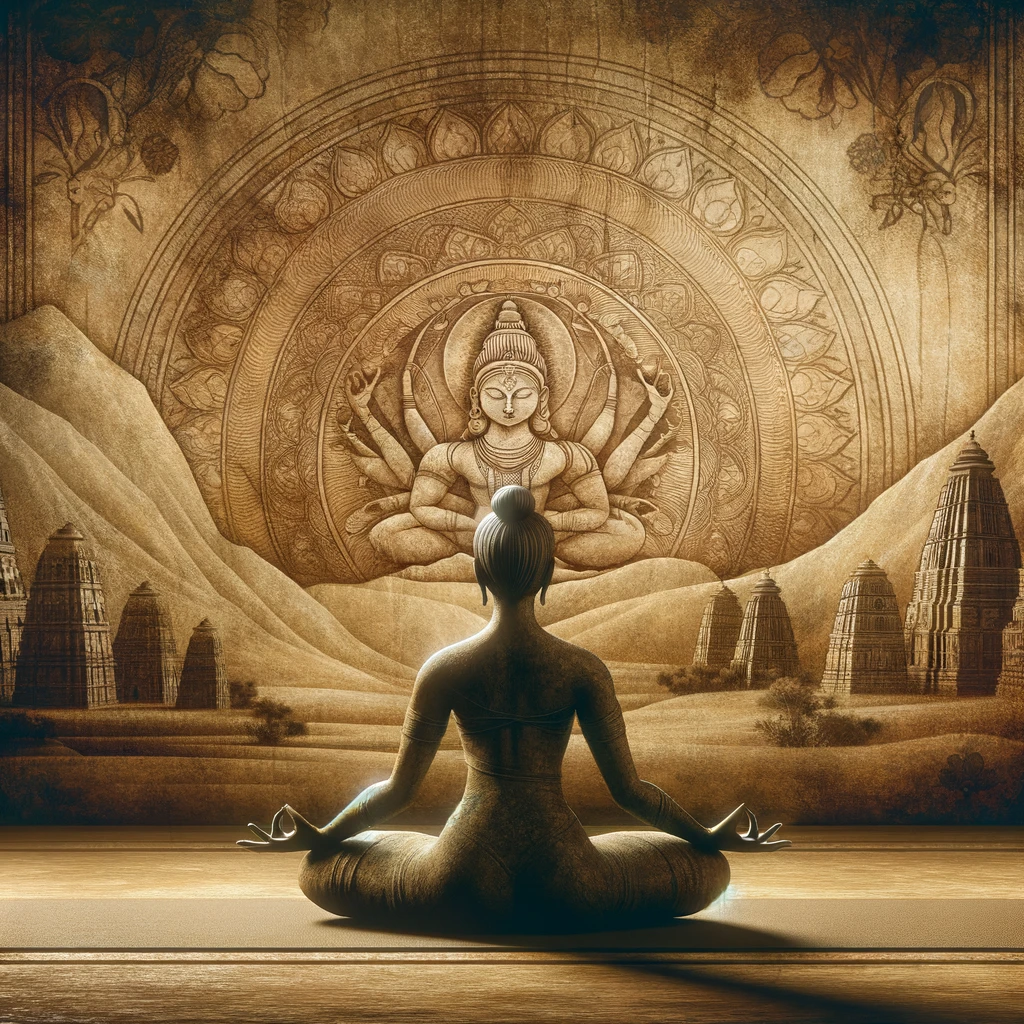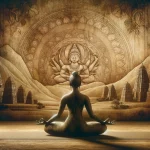Yoga, an ancient practice that began in India, has become a global passion, touching the lives of millions across the world. It has evolved from its spiritual roots into a popular form of exercise and meditation, offering benefits that go beyond physical health. This exploration delves into the origins of yoga and its growth over centuries, highlighting how it has changed and adapted to fit the needs of its practitioners.
Our exploration starts thousands of years ago, with yoga’s emergence among ancient rituals and the pursuit of philosophical wisdom. The story of yoga is one of transformation, showing how this practice has moved through the ages to meet the evolving desires and understandings of those who embrace it. As we examine the history of yoga, we’ll discover how a discipline focused on meditation and spiritual unity has expanded to include various practices for improving physical, mental, and emotional well-being that are now embraced by people worldwide.
This journey through time sheds light on significant shifts in yoga’s practice and philosophy. From its initial chants and meditations to the relaxing and strengthening poses known today, yoga has maintained its essence while adapting to the changing world. Whether new to yoga or a long-time practitioner, this look into its history offers a richer appreciation of its tradition and its ongoing capacity for transformation.
The Ancient Beginnings
Yoga’s story starts in ancient India, a land rich with spiritual traditions and philosophical exploration. Initially, yoga served as a method for spiritual growth, aiming to connect the individual soul with the universal spirit. This period of yoga’s history is marked by a focus on meditation, breath control, and the adoption of ethical principles designed to purify the body and mind.
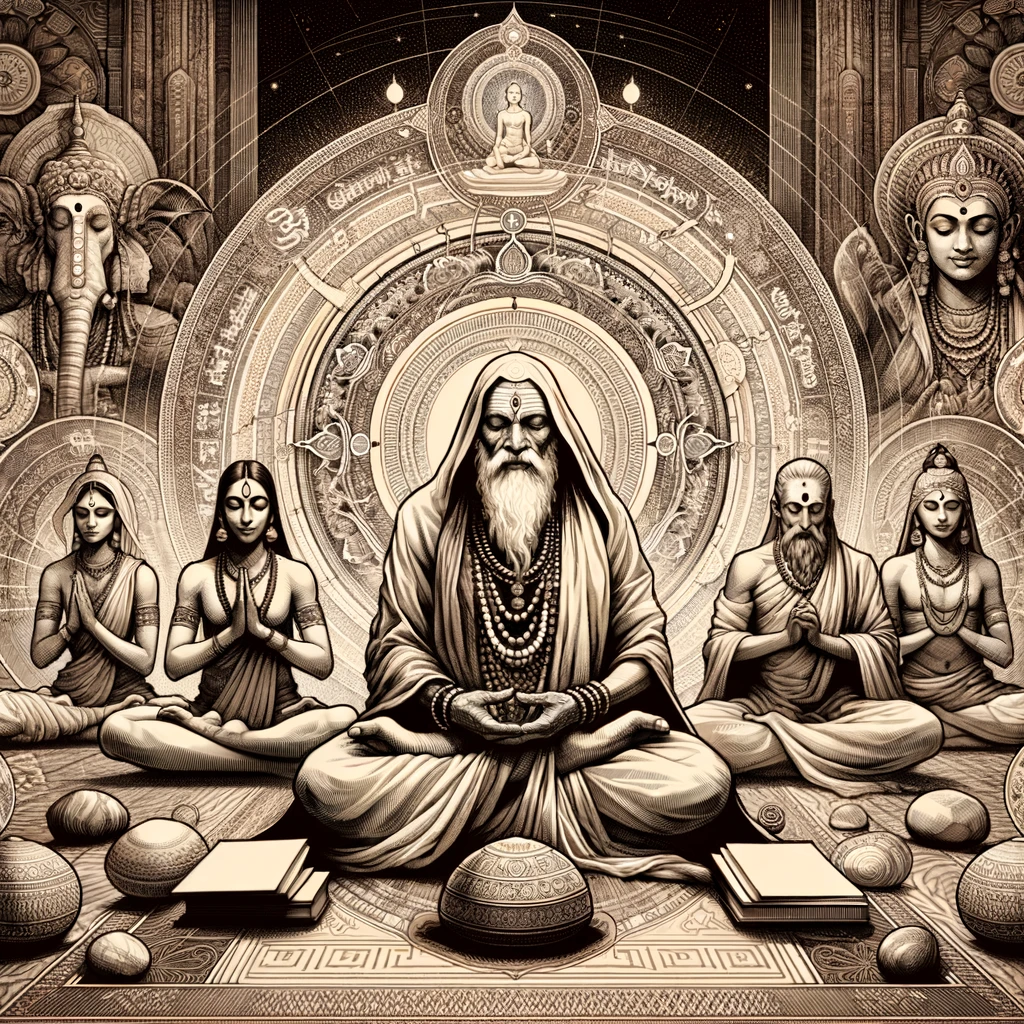
Early References and Practices
The earliest references to yoga are found in the Vedas, ancient sacred texts that are the foundation of Hindu religious practices. These texts, especially the Upanishads, begin to outline the concept of yoga as a means of achieving spiritual insight and liberation. The practice at this time was predominantly meditative, with an emphasis on mantras (chants), pranayama (breath control), and dhyana (meditation).
Philosophical Foundations
The philosophical underpinnings of yoga were further developed in the Bhagavad Gita and the Yoga Sutras of Patanjali. The Bhagavad Gita, part of the epic Mahabharata, discusses the importance of yoga as a path to spiritual realization and the balance between action and contemplation. Patanjali’s Yoga Sutras, composed around 400 CE, systematically describe the eight limbs of yoga (Ashtanga Yoga), offering a framework for achieving samadhi, or a state of spiritual absorption. These texts highlight the dual goals of yoga: to enhance physical well-being and to attain spiritual enlightenment.
The Role of Meditation and Ascetic Practices
In these early days, yoga was closely associated with ascetic practices and the life of renunciation. Yogis sought to transcend the physical world through rigorous practices that included long periods of fasting, breath control, and meditation. The aim was to overcome physical desires and attachments, thereby achieving a state of inner peace and spiritual liberation.
This phase of yoga’s history lays the foundation for all that follows. It establishes yoga as a diverse and adaptable practice, capable of addressing the spiritual and physical needs of its practitioners. The emphasis on meditation and ethical living continues to influence yoga today, reminding us that the practice is not only about physical poses but also about cultivating a disciplined and mindful way of life.
The Classical Era
The Classical Era of yoga is marked by a significant evolution in its practice, primarily through the systematization of its philosophies and practices. This period is defined by the writings of Patanjali, whose Yoga Sutras became the cornerstone of yoga philosophy and practice.
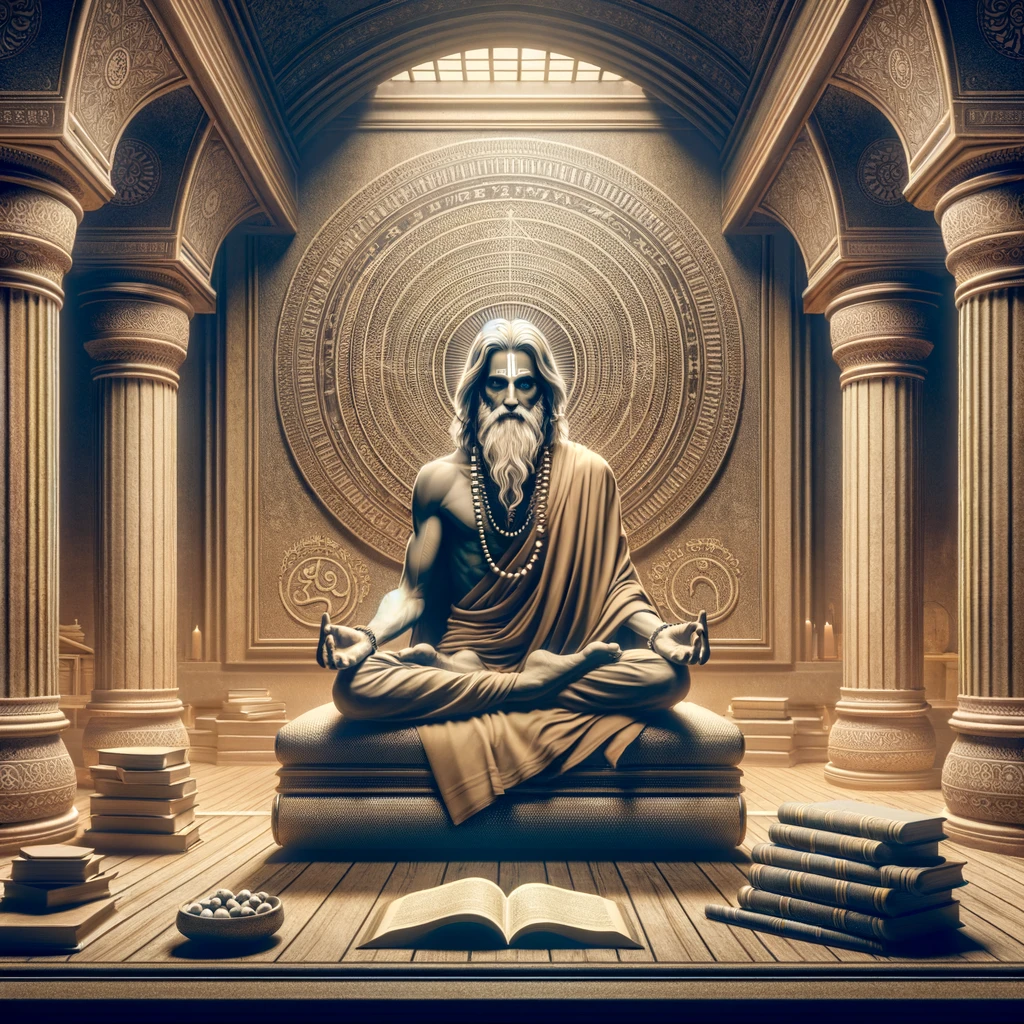
Patanjali’s Yoga Sutras
Patanjali’s Yoga Sutras, composed around 400 CE, outline the path of Raja Yoga, often referred to as the “royal path” of yoga. This text describes the eight limbs of yoga, which include ethical standards (Yamas and Niyamas), physical postures (Asanas), breath control (Pranayama), sensory withdrawal (Pratyahara), concentration (Dharana), meditation (Dhyana), and ultimately, a state of spiritual ecstasy and union with the divine (Samadhi). Patanjali’s work is significant because it offers a comprehensive guide for achieving spiritual liberation through self-discipline and mindful practice.
The Development of Yoga Philosophies
The Classical Era also saw the development and refinement of yoga’s philosophical underpinnings. Alongside the Yoga Sutras, other philosophical schools of Hinduism, like Vedanta and Samkhya, began to integrate yoga concepts into their teachings. This period was characterized by a deepening understanding of the mind-body connection and the use of yoga as a means to achieve spiritual insight and balance.
The Emergence of Yoga Poses
While Patanjali’s text primarily focuses on meditation and ethics, it lays the groundwork for the physical practices of yoga that would be further developed in later periods. The asanas, or yoga poses, were not as central in this era but were practiced to prepare the body for meditation and to maintain physical health. The emphasis was on simplicity and effectiveness, with the goal of fostering the practitioner’s ability to sit in meditation for extended periods.
Influence on Later Practices
The Classical Era of yoga established a framework that has influenced all subsequent developments in yoga. The Yoga Sutras of Patanjali, in particular, continue to be a foundational text for many modern yoga practitioners and teachers. This period emphasizes the importance of a holistic approach to yoga, integrating physical health with mental and spiritual well-being.
The teachings and practices from the Classical Era remind us that yoga is not merely physical exercise but a disciplined path toward achieving inner peace and spiritual liberation. This era sets the stage for the further evolution of yoga, as it begins to spread and adapt to different cultures and societies.
The Medieval Transformation
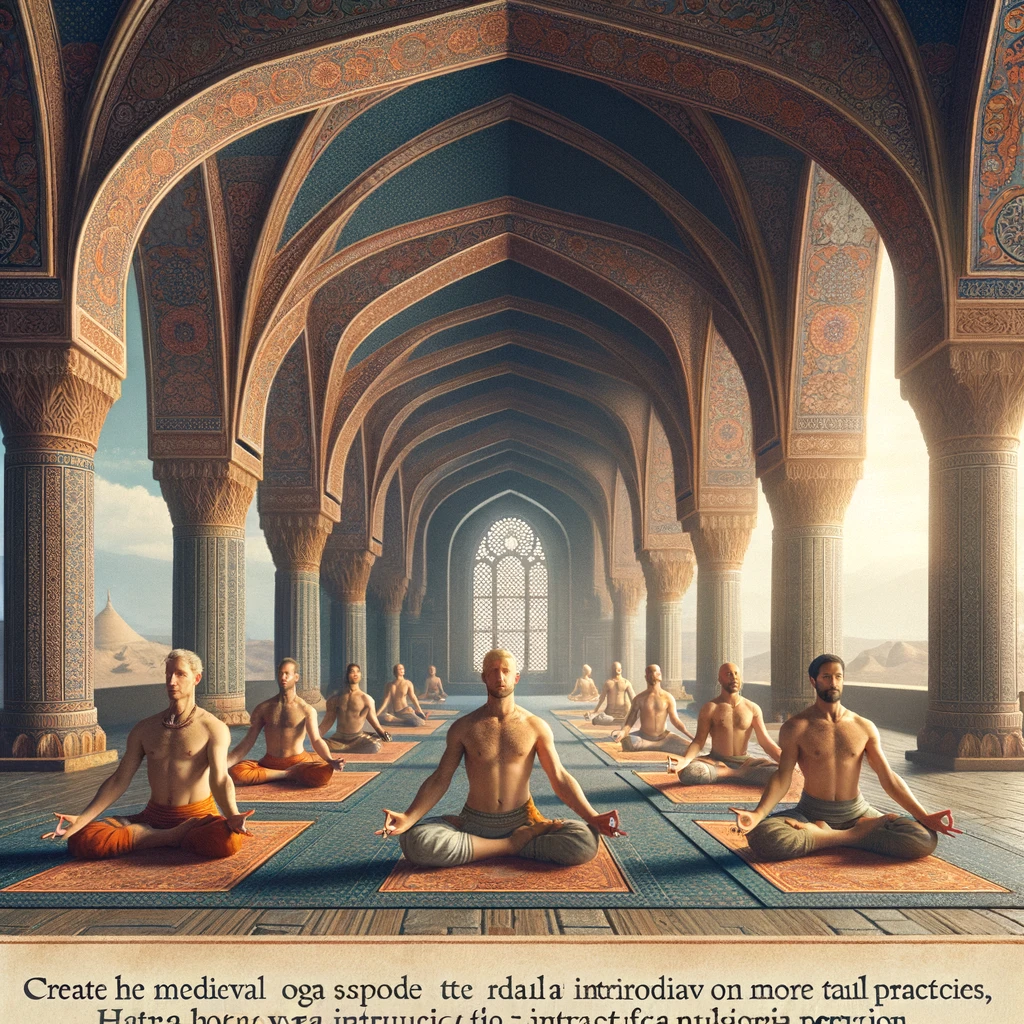
During the Medieval period, yoga underwent significant transformations, with the emergence of new practices and philosophies that placed a greater emphasis on the physical aspects of yoga. This era saw the development of Tantra Yoga and the rise of Hatha Yoga, both of which played crucial roles in shaping the modern practice of yoga.
Tantra Yoga: Expanding the Scope
Tantra Yoga emerged as a significant branch of yoga during this period, challenging and expanding upon traditional yogic concepts. Unlike earlier practices that often emphasized renunciation and asceticism, Tantra Yoga introduced the idea that spiritual liberation could be achieved through the embrace of physical and material existence. Tantra practices included the use of rituals, mantras, and meditations, aiming to transform and elevate the practitioner’s energy and consciousness.
The Rise of Hatha Yoga
Hatha Yoga, often considered the forerunner to the physical practices of modern yoga, began to take shape during the Medieval period. Focusing on physical postures (asanas), breath control (pranayama), and purification techniques (shatkarmas), Hatha Yoga aimed to balance and unite the sun (ha) and moon (tha) energies within the body. This balance was believed to be essential for achieving higher states of meditation and spiritual enlightenment.
Key Texts and Figures
Several influential texts from this era, such as the Hatha Yoga Pradipika, the Shiva Samhita, and the Gheranda Samhita, offered detailed descriptions of asanas, pranayama techniques, and ethical guidelines. These texts played a crucial role in codifying Hatha Yoga practices and philosophies, laying a foundation for future generations of yogis.
Impact on Yoga’s Evolution
The Medieval period marked a pivotal point in yoga’s history, as practices became more accessible and focused on the physical and energetic preparation of the body for spiritual pursuit. The emphasis on physical techniques helped to democratize yoga, making it more available to individuals outside the traditional renunciate and scholarly communities.
This era’s contributions to the yoga tradition underscore the adaptability and diversity of yoga practices. By integrating physical postures, breathwork, and energy-focused techniques, the Medieval transformation of yoga paved the way for the rich variety of yoga styles we see today.
Yoga Meets the West
The late 19th and early 20th centuries marked a pivotal era in yoga’s history as it began to spread beyond the Indian subcontinent and into Western societies. This period of cross-cultural exchange was facilitated by key figures who introduced yoga to the West, sparking interest and adaptation that would lead to yoga’s global popularity.
Pioneering Figures and Cultural Exchange
Swami Vivekananda, a Hindu monk from India, played a crucial role in introducing yoga to Western audiences. In 1893, he participated in the World’s Parliament of Religions in Chicago, where he presented Vedanta philosophy and the principles of yoga to an international audience. His eloquence and deep spiritual insight left a lasting impression, paving the way for Western fascination with yoga.
Other notable figures, such as Paramahansa Yogananda and Swami Sivananda, followed in Vivekananda’s footsteps, traveling to the West and establishing centers for yoga study and practice. Their teachings emphasized the spiritual aspects of yoga, along with the benefits of meditation and physical postures.
The Adaptation of Yoga in Western Cultures
As yoga took root in Western societies, it began to evolve in response to cultural preferences and needs. While the spiritual and philosophical aspects of yoga continued to be important, there was a growing emphasis on the physical benefits of the practice, including stress reduction, physical fitness, and improved flexibility.
Yoga studios and classes started to become commonplace in many Western countries, with instructors adapting and modifying traditional practices to suit a wider audience. This era saw the emergence of yoga as a popular form of physical exercise, distinct from its meditative and spiritual origins but still retaining elements of its ancient philosophy.
The Impact of Technology and Globalization
The late 20th and early 21st centuries further accelerated yoga’s global spread through the use of technology and media. Books, television programs, and, more recently, online platforms have made yoga accessible to a global audience. Social media, in particular, has played a significant role in popularizing yoga, with practitioners sharing their experiences, techniques, and the benefits of yoga with a worldwide community.
The introduction of yoga to the West and its subsequent adaptation and popularization have made it a truly global practice. While this has led to a variety of interpretations and styles, the essence of yoga—as a path to physical, mental, and spiritual well-being—remains intact.
The Modern Era

The modern era of yoga is characterized by an unprecedented diversity of styles and a global community of practitioners. Yoga has transformed from a niche spiritual practice into a mainstream health and wellness phenomenon, reflecting the changing needs and interests of its global audience.
Diversification of Yoga Styles
Today, yoga practitioners have a wide array of styles to choose from, each offering a unique approach to the ancient practice. Hatha yoga remains the foundation for many, focusing on physical postures and breath control to prepare the body and mind for meditation. Vinyasa yoga, with its flow from one posture to another synchronized with the breath, appeals to those seeking a more dynamic practice. Ashtanga yoga, known for its rigorous sequence of postures and focus on breath, attracts individuals looking for a challenging physical workout.
Other styles like Bikram yoga, practiced in a heated room to promote sweating and flexibility, and Kundalini yoga, which emphasizes the awakening of energy at the base of the spine, cater to specific interests and goals. Restorative and Yin yoga offer a gentler approach, focusing on relaxation and the stretching of connective tissues, respectively.
Yoga as a Fitness and Wellness Trend
In the modern era, yoga has become a significant part of the global fitness and wellness industry. People are drawn to yoga not only for its physical benefits, such as improved flexibility, strength, and posture, but also for its mental and emotional benefits, including stress reduction and a sense of well-being. The holistic approach of yoga, addressing body, mind, and spirit, resonates with contemporary desires for a balanced and healthy lifestyle.
The Role of Technology and Media
The proliferation of online yoga classes, apps, and social media platforms has made yoga more accessible than ever. Practitioners can now access a vast array of resources from the comfort of their homes, allowing for a personalized yoga experience that fits their schedules and preferences. Technology has also facilitated the growth of a global yoga community, where practitioners from around the world share their experiences, tips, and inspiration.
Pilates vs. Yoga
The modern era has also seen the rise of Pilates, a form of exercise that, like yoga, emphasizes mind-body connection, flexibility, and strength. While there are similarities between the two, Pilates focuses more on core strength, stability, and precision of movement, whereas yoga places greater emphasis on flexibility, balance, and the integration of breath with movement. The choice between Pilates and yoga often comes down to personal preference and fitness goals.
Looking Ahead
As yoga continues to evolve, it remains a dynamic and adaptable practice, capable of meeting the diverse needs of its practitioners. From its ancient roots to its modern manifestations, yoga offers a path to physical health, mental clarity, and spiritual growth. As we look to the future, it is clear that yoga will continue to be a vital and enriching presence in the lives of many.
Yoga’s Benefits: Nurturing Body, Mind, and Spirit
Yoga stands out as a multifaceted practice that offers a broad spectrum of benefits, making it an essential component of a holistic approach to health and wellness. Its ability to simultaneously address physical, mental, emotional, and spiritual aspects distinguishes it from other forms of exercise and meditation, providing a comprehensive toolkit for enhancing overall well-being.
Enhancing Physical Well-being
The physical advantages of yoga are both varied and profound. Through consistent practice, individuals can significantly improve their flexibility, muscle strength, and balance. Yoga also plays a crucial role in improving posture and aiding in the management of chronic pain, particularly in areas such as the lower back. Additionally, it boosts cardiovascular health and respiratory efficiency, contributing to a healthier heart and lungs.
Promoting Mental Clarity and Stress Relief
Yoga serves as a potent antidote to the stresses of modern life, offering effective strategies for calming the mind and alleviating anxiety. Practices centered around breath control (pranayama) and meditation (dhyana) are especially beneficial in fostering mental tranquility and mindfulness. This heightened state of awareness not only reduces stress but also enhances overall cognitive function and emotional resilience.
Facilitating Emotional Stability and Spiritual Exploration
Beyond the tangible physical and mental benefits, yoga offers a path to emotional stability and spiritual exploration. It encourages practitioners to cultivate inner peace, which in turn aids in navigating emotional turmoil and the complexities of daily life. For many, yoga is also a journey of spiritual discovery, offering insights into the self and fostering a deeper connection with the universe.
Backed by Science
The efficacy of yoga in promoting health and wellness is increasingly supported by scientific research. Studies have documented its positive impacts on various mental health conditions, including depression and anxiety, as well as on physical health issues like hypertension and diabetes. This growing body of evidence has helped integrate yoga into mainstream approaches to health and wellness.
Universal Accessibility and Personalization
Yoga’s inclusivity and adaptability are key to its widespread appeal. It offers a range of practices, from gentle to vigorous, making it suitable for individuals of all ages and fitness levels. The use of modifications and props ensures that yoga is accessible to everyone, allowing each practitioner to tailor the experience to their own needs and abilities.
A Lifelong Practice for Holistic Health
Yoga transcends the boundaries of conventional exercise to encompass a lifestyle that nurtures the practitioner in every aspect of their being. Its holistic approach to wellness guarantees that the benefits of yoga are lasting, laying the foundation for a life of health, harmony, and fulfillment.
Cultural Impact and Future Directions
As yoga has woven its way through centuries and across continents, it has not only evolved in practice but also left a profound impact on cultural and societal norms. Today, yoga is more than a personal wellness practice; it’s a global phenomenon that influences health trends, lifestyle choices, and even social and environmental activism.
Yoga’s Influence on Global Health and Wellness
Yoga’s introduction to the West and its subsequent global spread have significantly influenced contemporary health and wellness culture. It has encouraged a shift towards holistic health paradigms, where the interconnectedness of physical, mental, and emotional well-being is recognized and valued. This influence is evident in the growing demand for integrative health practices that include yoga as a core component of treatment and wellness programs.
Lifestyle and Environmental Consciousness
Beyond the mat, yoga inspires a lifestyle that values mindfulness, sustainability, and compassion. Many practitioners find that their yoga practice encourages them to make more conscious choices in their daily lives, from the food they eat to the products they buy and the impact they have on the environment. This shift towards a more mindful and sustainable lifestyle is one of yoga’s significant cultural contributions, reflecting its ancient principles of harmony and non-harm (ahimsa).
Yoga and Social Activism
Yoga’s principles of unity and equity have also found expression in social activism, with yogis around the world engaging in movements that promote social justice, peace, and environmental stewardship. Yoga communities often come together to support causes, demonstrating how the practice extends beyond personal benefit to societal well-being.
The Future of Yoga
Looking ahead, yoga’s future appears as dynamic and diverse as its history. As research continues to uncover the science behind yoga’s benefits, its integration into healthcare and educational systems is likely to expand. Furthermore, the evolution of digital media and technology will continue to make yoga accessible to new audiences, breaking down barriers of geography and socio-economic status.
However, as yoga adapts to meet the demands of modern practitioners, there is a growing emphasis on preserving the authenticity and depth of the practice. This involves a continued exploration of yoga’s philosophical roots and ethical principles, ensuring that its ancient wisdom remains relevant in addressing the challenges of contemporary life.
Yoga’s journey from ancient ritual to modern wellness practice illustrates its remarkable adaptability and enduring relevance. As we reflect on this evolution, it becomes clear that yoga offers more than physical benefits; it provides a path to holistic health, mindful living, and social responsibility. The future of yoga holds the promise of further innovation while staying true to its core principles, continuing to enrich the lives of practitioners around the world.
